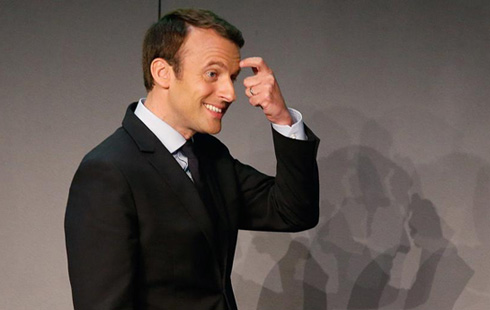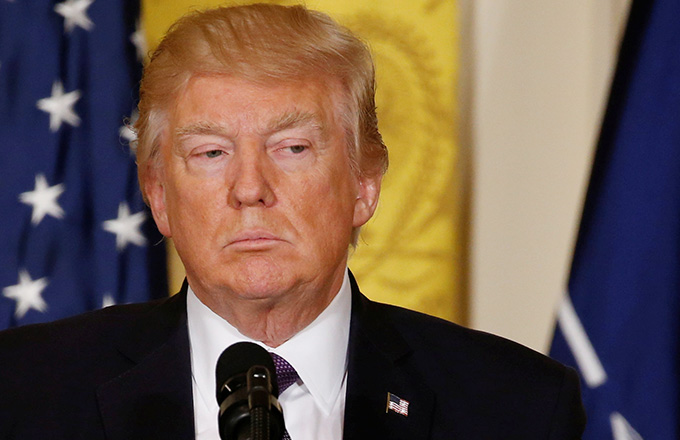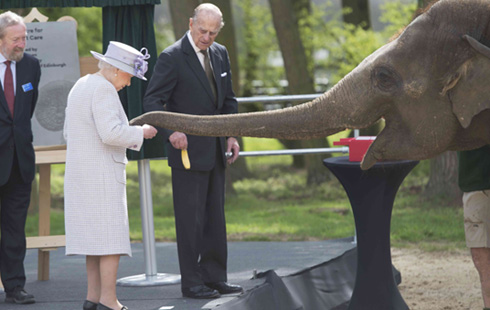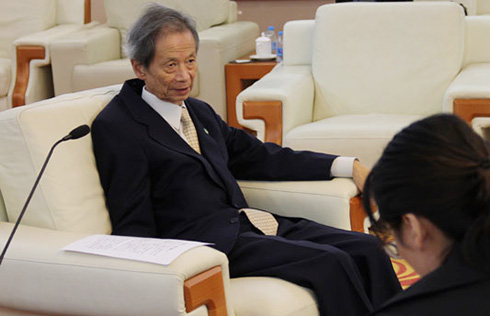Nokia unveils new metal-body Lumia smartphone
 |
|
A worker poses with the new Nokia Lumia 925 at its launch in London May 14, 2013. Nokia unveiled a lighter, metal model in its Lumia smartphone range, as it tries to catch the eye of buyers to close the huge market lead of rivals Samsung and Apple Inc in the lucrative handset market. [Photo/Agencies] |
LONDON/HELSINKI - Nokia unveiled a lighter, metal model in its Lumia smartphone range, as it tries to catch the eye of buyers to close the huge market lead of rivals Samsung and Apple Inc in the lucrative handset market.
The Lumia 925 is the latest in Nokia's range using Microsoft's Windows Phone software and will be sold for 469 euros ($610) before taxes and subsidies through carriers such as Vodafone and China Mobile.
Nokia Chief Executive Stephen Elop has pinned the future of the loss-making company on Windows Phone, hoping to reverse a dramatic drop in revenue over the last two years.
The phone weighs 139 grams, compared with 185 grams for the earlier 920 model, which some critics had said was too heavy. It also utilizes a new smart camera mode, a photo editing function which Nokia intends to introduce to all Lumia devices.
"Lumia 925 looks like a solid product and should be able to attract new customers who have considered 920 too bulky for their taste," said Nordea analyst Sami Sarkamies.
"One can think of Lumia 925 as a new version of Lumia 920 that has been put on a diet to fit inside an iPhone-like frame."
Nokia has recently launched new products in the lower and mid-tier range to protect its position in emerging markets, but its success in the high-margin smartphone market will be crucial to its long-term survival.
The company unveiled the slightly heavier Lumia 928 for the US market last Friday. It was priced at $99 after a rebate and a two-year deal with Verizon Wireless .
Both the Lumia 925 and 928 are targeted at the high-end, flagship segment, which accounts for 35 to 40 percent of the total global market, said Jo Harlow, Nokia's executive vice president for smart devices.
"Our goal is to have a complete portfolio across the price range," she told Reuters, adding that Nokia expects to see accelerated growth in sales of Lumia phones. ?
Sales of Lumia phones have grown in recent quarters, but at 5.6 million in first quarter, they still account for only around 5 percent of the market.
Research company Gartner said on Tuesday that Nokia lost 5 percentage points of market share in the first quarter, falling to 14.8 percent of all mobile phones compared to number one Samsung's 23.6 percent share. Nokia held a 19.7 percent share just a year ago.
Nokia's announcement of the Lumia 925 came just days after it unveiled the Asha 501, a $99 handset with a touch-screen and some Internet access, including built-in applications for sites such as Facebook.
The Asha 501 is aimed at a growing, middle-class population in emerging markets who like smartphones but can't afford high-end models.
"The mid and low end of the smartphone segment is where the most growth will be in the coming years," said Francisco Jeronimo, analyst at technology research firm IDC, adding that Apple and Samsung have already cornered the high-end market.
"The high end is a very tough segment to enter and to compete in. You have to have huge marketing budgets."
IDC estimates that smartphones under $149 accounted for the fastest sales growth last year, with sales up 270 percent from a year earlier. That compared with a 4 percent fall in the $300-499 price category.
Investors said the Asha 501 was a sign Nokia was paying attention to consumers who will soon be upgrading from basic handsets to more sophisticated phones.
Nokia has also recently started selling a lower-spec Lumia 521, sold as the 520 in other markets, for under $150 at Walmart in the United States.
It launched a 15-euro basic phone earlier this year, aimed at first-time buyers, although analysts were less bullish about this handset due to lower margins.
IDC's Jeronimo said that with new phones at various price points, Elop had no excuse for weak sales in coming quarters.
Shares in Nokia were down 3.6 percent to 2.84 euros by 1310 GMT, valuing the company at 11 billion euros.

























